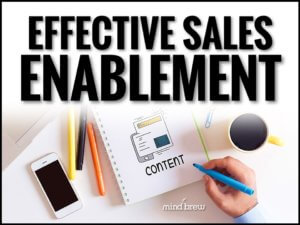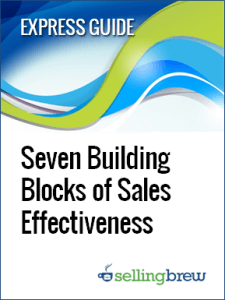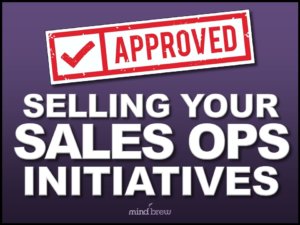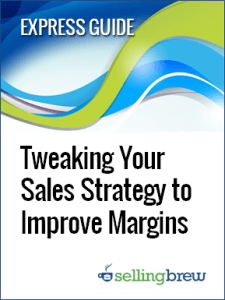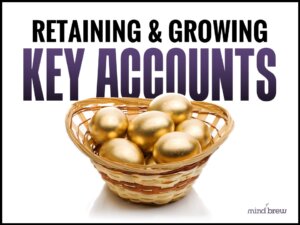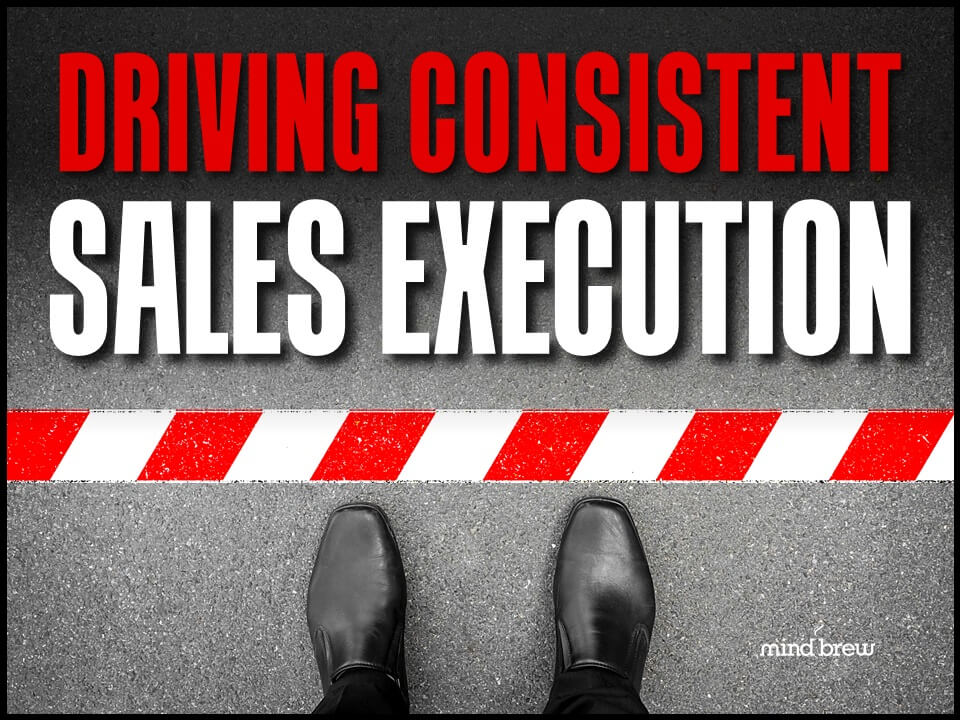As we discussed in a recent article, most sales ops teams are responsible for a long list of very different activities. And one of the things that is commonly on that list is sales enablement.
But what is sales enablement, actually?
Is it just a matter of giving the sales team the tools and materials they need to be able to sell? Is it a marketing thing? Does it apply to the company as a whole or just to the sales team? And if it applies to the sales team, does it mean you are functioning as the sales team’s assistants? Do you need to pick up their dry cleaning and buy them coffee? Or is it something else entirely?
As you might imagine, we have our own definition of sales enablement:
Sales enablement is the process of making our salespeople more capable of facilitating advantageous purchasing decisions.
We like this definition for a couple of reasons. First, it’s based on the dictionary definition of enablement, which seems like a pretty good source of a definition. Second, it boils sales enablement down to its essentials while still leaving a lot of room for different implementations.
But if you were looking for a list of 5 things that every sales enablement team should do, this definition doesn’t have that. We actually think that’s a good thing, because sales enablement efforts will include different things at different organizations, depending on your company size, your sales team’s expertise, your industry, the age of your company, and a host of different factors.
You see, good sales enablement efforts don’t check off a laundry list of activities. Instead, it’s about adopting the right mindset.
So what’s the right mindset?
Again, we have a suggestion:
Sales Enablement is much like a customer success function, but it’s aimed at our sales reps instead of our customers.
If your company has a customer success team, you know that it’s more proactive than traditional customer service teams. Rather than responding to customer complaints, customer success teams make contact with customers before something goes wrong and try to help them become more successful with your products or services—and therefore more loyal. Customer success might help with onboarding new customers and training. They often provide tools and resources, and they reach out to ask customers how things are going and what they need to be more successful. Often they connect customers with staff from other departments who might be able to assist them.
Sales enablement is very similar. It very often involves onboarding and training and providing tools and resources. It also often requires connecting sales team members to people in other parts of the organization who can help them. And note that sales enablement is very different than sales support in exactly the same ways that customer success is different than customer service.
If you’d like to learn more, check out the webinar on Effective Sales Enablement. You should also check out the framework at Seven Building Blocks of Sales Effectiveness, which can help you focus your sales enablement efforts in the most important areas.
If sales enablement is part of your team’s responsibilities, these resources can help you do it right—while avoiding some of the common missteps.

